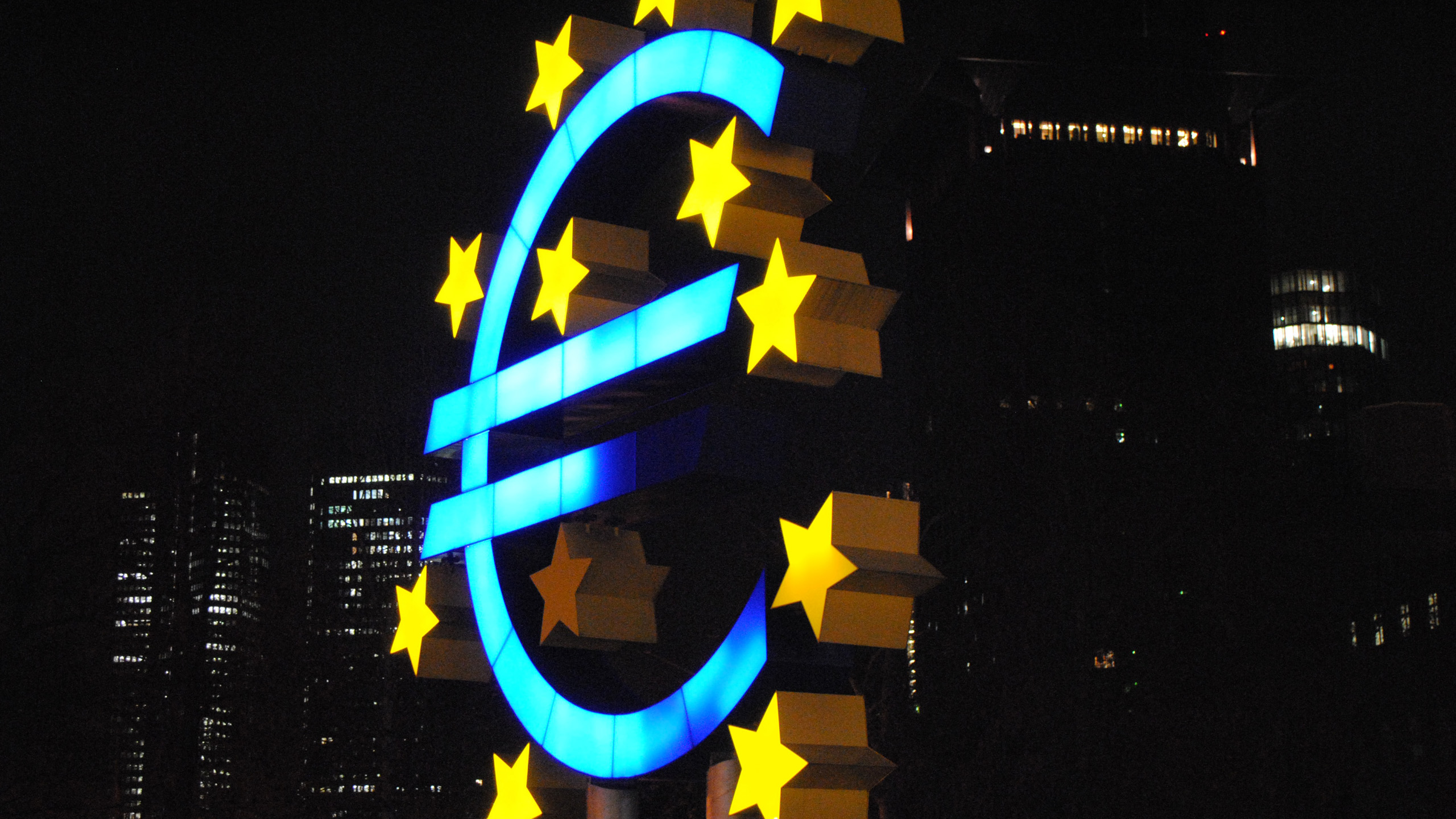
Insights on the European legal framework for Security Token Offerings
Are Security Token Offerings regulated in the European Union?
Yes they are! - Security Token Offerings (“STOs”) are subject to the same regulations and laws as any paper based security or digitized stock you can trade in your banking app.
Five years after our team at Black Manta Capital Partners facilitated the first regulated cross-border issuance of real estate backed Security Token for retail investors in Germany we still get asked the same questions — “Are there any laws for STOs?”, “Can I securely invest into Security Token?” — That’s why we thought we should take a look at the basics of STOs again.
STOs integrate blockchain technology with the regulatory requirements of securities markets, facilitating the liquidity of assets and broadening access to financial opportunities. In this article, we delve into the dynamics of STOs, exploring their structure, regulatory implications, and the evolving regulatory landscape of Tokenization. It also considers these aspects within the framework of the Markets in Crypto-Assets Regulation (“MiCAR”).
STOs involve the issuance of digital token on a blockchain, transforming assets like gold, receivables or real estate into transferable securities. Tokenization amplifies the regulatory objectives of securities markets, prioritizing disclosure, fairness, and market integrity. Simultaneously, it fuels innovation and efficiency through the implementation of smart contracts.
From a token perspective, a STO signifies the digital representation of ownership in assets or economic entitlements. Whether it’s a share of profits, revenue, or ownership in tangible assets, STOs provide a digitized and regulated gateway to traditionally illiquid markets and a more efficient access to liquid markets.
Navigating Regulatory Waters
1. MiFID II:
Markets in Financial Instruments Directive (“MiFID II”), which has been applicable since January 3, 2018, forms the legal framework for requirements for investment firms, regulated markets, data reporting services and third-country firms that provide investment services or perform investment activities in the European Union.
Within Europe, Security Tokens fall into the category of transferable securities rather than being considered a new category of security. Therefore, Security Tokens are subject to the existing regulations, including MiFID II and the EU Prospectus Regulation 2017/1129 (“Prospectus Regulation”). The classification as a “financial instrument” is precisely defined in Article 4(1) No. 15 of the MiFID II Directive. Additionally, certain jurisdictions have implemented specific laws concerning the use of Distributed Ledger Technology (“DLT”), potentially impacting STOs, as illustrated by Germany’s eWpG (Digital Securities Act).
Before initiating the sale, the issuer must assess the investors they aim to target with the Security Token Offering in order to understand the necessary regulatory documentation. MiFID II categorizes investors into the following three groups: private clients, professional clients (Source), or eligible counterparties. The primary goal of this classification is to ensure that each client receives an appropriate level of protection. Private clients enjoy the highest level of investor protection. Professional clients have the option to classify themself as a private clients, thereby gaining access to elevated level of investor protection afforded to private clients. Eligible counterparties are clients possessing sufficient experience and knowledge to make their investment decisions considering associated risks (Source).
The Prospectus Regulation outlines the requirements for preparing, approving and distributing a prospectus when offering the securities to the public. Notwithstanding this general obligation, exemptions exist based on the nature of the offer, as specified in Article 1(4)(a) to (d) of Prospectus Regulation (Source). These exemptions come into play when the offer is exclusively directed at professional investors, when the offer targets fewer than 150 non-qualified investors per member state, when securities can be acquired with a minimum amount of EUR 100,000 per offer and investor, or when they have a minimum denomination per unit of EUR 100,000 (Source).
2. MiCAR and its Scope:
MiCAR stands apart, targeting crypto-assets not covered by pre-existing European regulations. Its primary objectives include standardizing the regulatory framework for crypto-assets, specifically addressing the issuance and trading of various tokens, licensing and supervision of Crypto-Asset Service Providers (“CASPs”), and preventing market abuse. Security Token, being classified as financial instruments, fall under the purview of existing legislation, and are therefore exempted from MiCAR (Source).
Institutions holding a MiFID II license can continue to operate under MiCAR without having to obtain an additional license under MiCAR, as long as they exclusively offer one or more cryptocurrency services equivalent to the investment services and ancillary activities for which they are authorized under MiFID II.
MiCAR specifies that authorized MiFID II institutions are only required to notify their national authority (i.e. in Germany the BaFin) at least 40 days prior to commencing business, indicating their intention to offer crypto asset services in accordance with MiCAR (Source).
According to Article 65, MiCAR operates under the principle that allows the provision of permitted activities across all EU member states with a single license. Holding a permit is all that’s required to conduct activities throughout the EU, removing the necessity for a physical presence or additional licensing procedures in other member states. This not only opens up significant market opportunities but also intensifies competition simultaneously.
The implementation of a reliable rulebook under MiCAR provides EU authorities with a clear framework to operate within, enhancing stability and allowing for more consistency in administrative practices and decision-making.
3. Tokenized Crowdfunding:
Crowdfunding serves as a unique channel for small companies to obtain growth capital. Crowdfunding focuses on tapping into the financial support of individual investors interested in companies with high-return potential. Tokenized Crowdfunding leverages the benefits of tokenization such as tradability, enhanced security and efficiency. Tokenization provides a more regulated and complementary approach to crowdfunding. Therefore, the use of DLT makes the fundraising process even more efficient, and distinguishes it from traditional crowdfunding methods.
Up until now (tokenized-)Crowdfunding has been a difficult source of funding for issuers, since the regulatory landscape has been highly fragmented in the European Union. Regulation on European Crowdfunding Service Providers (“ECSP”) establishes a harmonized European framework for crowdfunding. This regulation has been effective since November 10, 2021, marking the first instance of a unified regulatory framework for the entire EU. Approval in accordance with the ECSP Regulation grants permission for project sponsors to access a maximum financing volume of EUR 5.000.000,- per year. Beyond this threshold, authorization under the ECSP Regulation does not apply (Source).
Conclusion
As the landscape of STOs continues to evolve, understanding the interplay between blockchain innovation and regulatory frameworks becomes paramount. Navigating the regulatory waters ensures the legitimacy of STOs, fostering investor confidence and paving the way for the broader integration of blockchain technology in the financial landscape.
Should you be interested in learning more about regulatory frameworks and our STO services, please contact us here.




